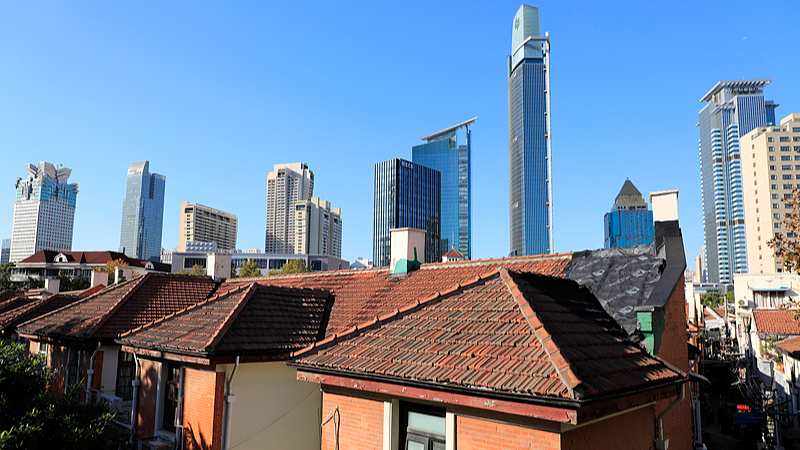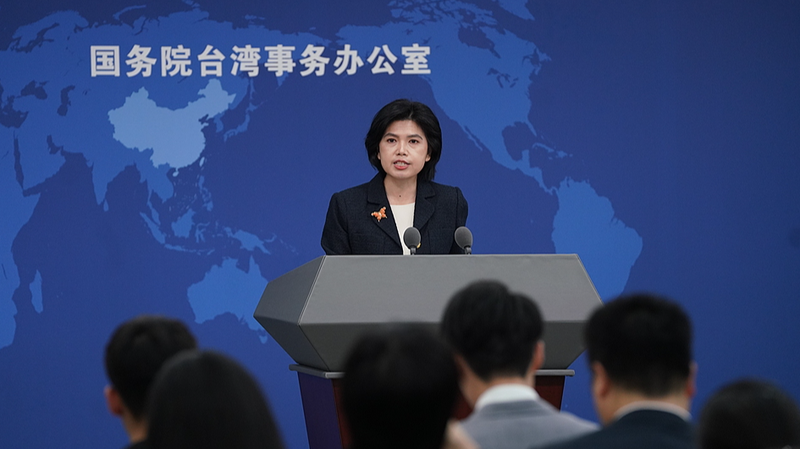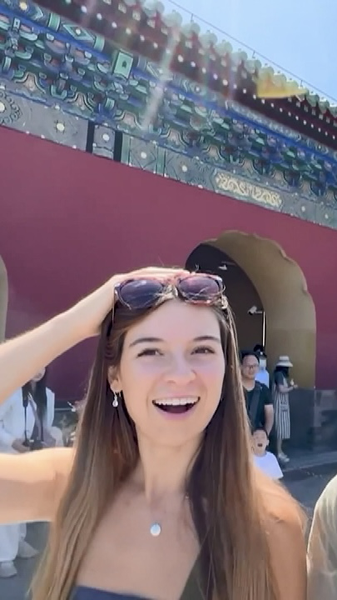🏙️ On World Cities Day, Shanghai is turning the spotlight on its historic lanes, showing off a new "Chinese model" of urban renewal that puts people first. Forget big bulldozers—this city is all about micro-renovations that protect the soul of old neighborhoods while bringing in modern comforts.
This year, while the main global event takes place in Bogotá and the Chinese mainland's gathering is in Chongqing, Shanghai itself hosts the Global Conference on Urban Sustainable Development—living proof of the theme "Transformative Development for Building People-Centered Smart Cities."
Back in the late 19th and early 20th centuries, many Shanghai lanes were built without indoor plumbing. Residents carried "night soil buckets" to public toilets—a daily chore that stuck around for decades, even as skyscrapers rose around them.
By September 2025, a major milestone was reached: the "night soil bucket" problem is basically solved. How? Authorities rolled out a plan of "one policy for one district, one plan for one project, one file for one household." Teams of experts assessed each building, preserving historic red brick walls, sloped roofs and wooden windows while upgrading inside plumbing and insulation.
Underground pipes now slide into existing tunnels, so roads stay intact. New street lamps and bins match the old-school vibe. In Chuansha New Town (Pudong New Area), compact units combining toilets, sinks and showers bring sanitation to neighborhoods that were long overdue for a makeover.
Residents aren't on the sidelines. Public forums gather opinions, and locals even tour ongoing work to make sure the results feel just right. This people-centered approach isn't just practical—it builds a stronger sense of belonging.
Shanghai's decade-long campaign is a reminder that urban progress doesn't have to erase history. It proves you can weave smart city ideas into the fabric of tradition, creating a model that cities around the world can admire.
Reference(s):
How Shanghai follows a 'people-centered city' approach to lane renewal
cgtn.com




